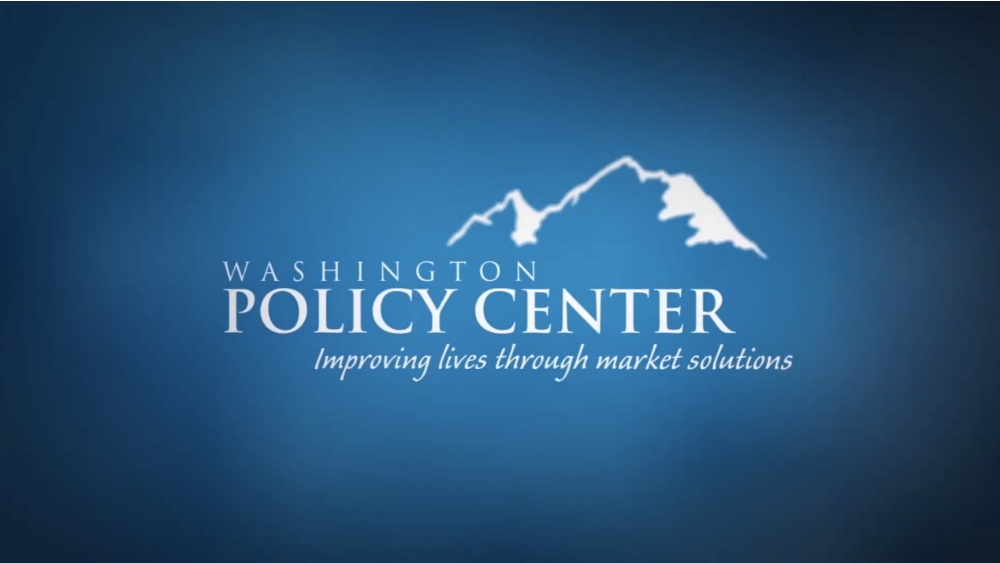On March 17th, on TV in New York City, the teachers union debated education reformers, and lost. Five hundred people in the audience listened to the debate and voted afterwards that unions are blocking reforms needed to improve failing schools.
The union team was led by Randi Weingarten, president of the American Federation of Teachers. She trotted out the exaggeration that school budgets are being decimated (more on this later), that good labor management relations are key to good schools, etc. etc. She fumbled badly in the point-counterpoint midway through the debate.
The winning team included Terry Moe of the Hoover Institution at Stanford University, Rod Paige, former Secretary of Education under President George W. Bush, and Larry Sand, retired teacher and former union member and now president of California Teachers Empowerment Network. They presented these facts:
Teachers unions have long been major obstacles to reform, standing in the way of progress. For example, because of restrictive collective bargaining agreements, it is nearly impossible to remove an ineffective teacher from the classroom. It takes an average two years, $200,000 and 15% of a principal’s time to remove an ineffective teacher. So principals don’t even try to dismiss weak teachers. If they can, they pass weak teachers so they fail students in another school, using the well-known "dance of the lemons." Some districts create "rubber rooms" to house these teachers away from classrooms, as the union has made it impossible to remove them from the payroll.
Assuming, conservatively, that 5% of teachers are ineffective, this means that 2.5 million kids in the U.S. have ineffective teachers.
Teachers are allowed desirable teaching jobs based on seniority assignment rules, even if they are ineffective teachers. Some of the most senior teachers are the worst teachers.
Layoffs are based on seniority, so junior teachers are laid off in tough times even if they are the best teachers, even if they can double kids’ test scores.
Unions have placed caps on charter schools across the nation, against the will of the Obama Administration, so that out of 90,000 schools in the nation there are only 4600 charters. Yet they have huge waiting lists—11,000 applicants in Harlem’s Success Academy for 2000 slots. Just this past January, 2010, the union prevented legislators in New York State from lifting that state's cap on charter schools.
The unions punish the best teachers by insisting on a factory model of payment, which again rewards seniority and the accumulation of paper credentials shown to have no correlation to raising student achievement.
Jaime Escalante, the famous teacher of college level calculus to gang members at Garfield High in Los Angeles, was run out of town by the union when he offered to take more students in his class than the union agreement permitted.
Union lawyers go to any length to protect the worst among the teachers, even teachers who sexually assault students.
Teachers unions are rich and represent the #1 political spender in the U.S. The National Education Association collected $400 million in union dues from teachers last year, to supplement their income from other sources. (The Washington Education Association collects approximately $70-80 million in dues each year.) Both unions use this money to support the election campaigns of legislators and governors who block education reforms, and to defeat legislators who try to pass genuine reforms.
For more from this great debate, read this transcript, or watch this video:
DON'T BLAME TEACHERS UNIONS FOR OUR FAILING SCHOOLS from Intelligence Squared US on Vimeo.

